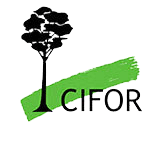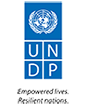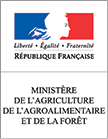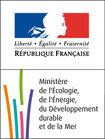In recent years, land restoration has gained increased attention in the international climate regime because of its potential role in mitigating climate change. Moreover, there is increasing recognition of the adaptation needs in global agriculture. Many of the pledged Intended Nationally Determined Contributions (INDCs) reflect this recognition.
The need for restoration is immense, especially in smallholder farming contexts in developing countries, where some of the most severe issues with land degradation are experienced. Increasing soil and land degradation worldwide has led to calls for coordinated action in order to stop and reverse this trend. The framework of the 2030 Agenda for Sustainable Development, Sustainable Development Goal 15 sub-target 3 aiming to “achieve a land degradation neutral world”, is the most prominent current expression of the global recognition and political will to restore degraded land and soil resources.
The financial means required for the envisioned restoration targets present the need to increase investments from private sources. Financing of restoration is also expected to come from climate finance sources such as the Adaptation Fund or the Green Climate Fund, taking into consideration funding needs for smallholder agriculture.
Restoring soil fertility can be easily understood to deliver threefold benefits (better capacity to produce food, in a more resilient way because water storage in soils would also be enhanced, and storing more carbon in soils). However, examples for successful up- and out-scaling of triple win soil restoration projects with long-term effects are still rare and cannot easily be replicated. Furthermore, there are also concerns regarding land rights and land tenure insecurity.
Key questions addressed
- How to ensure that multiple objectives can be achieved in an equitable and participatory way, ensuring that political choices on tradeoffs between the objectives are fair and respect the rights of the intended beneficiaries of these initiatives ?
- How can restoration initiatives bring about triple wins for smallholder farmers? What are ways to balance these objectives, if they can not be achieved at the same time?
- Can we draw lessons from past experiences of attracting private investment in land restoration by integrating the needs and specific demands of smallholder farmers? Which challenges remain?
- What should be the implementing conditions (for instance, criteria to assess risks and benefits, criteria to decide on priorities) and safeguards to ensure that land restoration projects developed in the framework of such initiatives are reaching the objectives of increased food security for smallholders?
- What are proven mechanisms to include local stakeholders in planning processes and sustaining the initiatives in participatory ways?
- How to design mechanisms for the follow-up and review of the 2030 Agenda for Sustainable Development that ensure multiple objectives are achieved and vulnerable groups in society are not further harmed?
Background reading
IFAD Adaptation for Smallholder Agriculture Programme (ASAP)
Carbon Sequestration in Africa: The land tenure problem. Global Environmental Change, 18






































